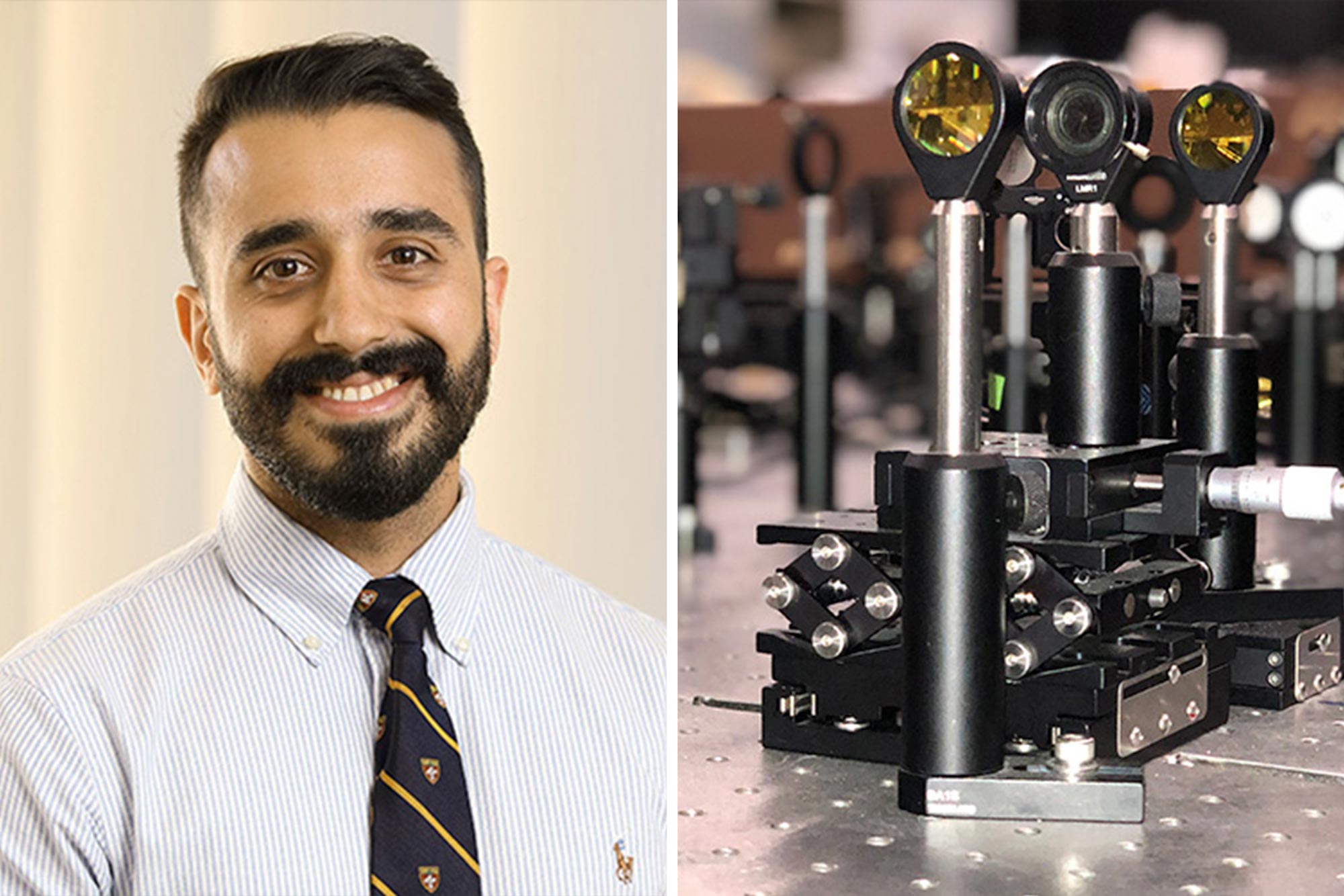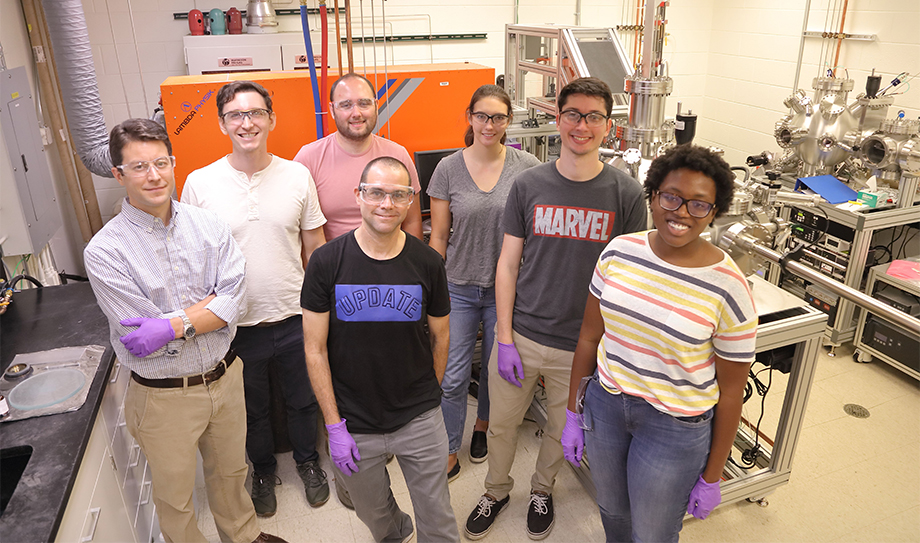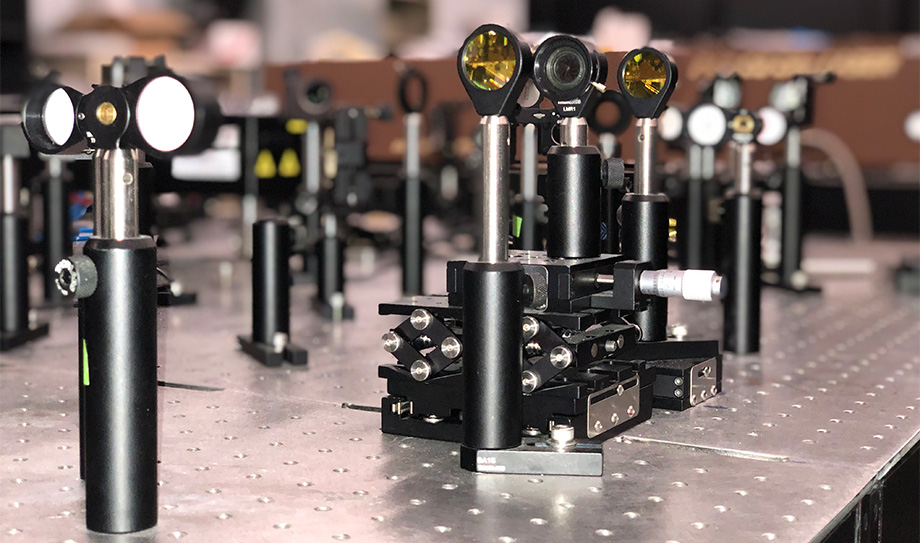Researchers at the University of Virginia School of Engineering and Applied Science have discovered a way to make a versatile thermal conductor, with promise for more energy-efficient electronic devices, green buildings and space exploration.
They demonstrated that a material called lead zirconate, used in electronic equipment, also can be a thermal regulator when it is in a very pure form. This new class of material gives engineers the ability to make thermal conductivity increase or decrease on demand, changing a thermal insulator into a conductor and vice versa.
Bi-directional control or “tuning” of thermal conducting materials will be especially useful in electronics and devices that need to operate in extreme temperatures or withstand extreme temperature fluctuations, like in space.

Kiumars Aryana, who earned his Ph.D. in mechanical and aerospace engineering in May, is first author of a UVA team’s finding on the versatility of lead zirconate. The team used lasers to measure the thermal properties of the material at nanoscale. (UVA Engineering photo)
“The temperature fluctuations in space can be pretty intense,” said Kiumars Aryana, who earned his doctorate in mechanical and aerospace engineering at UVA this spring and is the first author of the recently published findings in Nature Communications. “This type of thermal transport technology could be a huge advantage as we build vehicles and devices for space exploration.”
Successors to the Mars rover would be an example, Aryana said. Ground temperatures at the rover landing sites may reach a comfortable 70 degrees Fahrenheit during the day, but plummet to minus-146 degrees at night. To keep electronic devices working through these wide temperature swings, the rover relies on an insulating box and heaters to keep the components from freezing and radiators to prevent them from burning up.
“This new mode of heat management is substantially less complex and means heat regulation is easier to manage – and faster,” Aryana said. “Where a radiator or insulation takes a long time to start heating or cooling, the solid-state mechanism would be almost instantaneous.” He added that chances of malfunction also decrease.
Meanwhile, here on Earth, promising uses include managing heating and cooling on a large scale, such as in buildings, and on a small scale, such as circuit boards for electronics. Less energy equates to greener technology and lower power bills.










